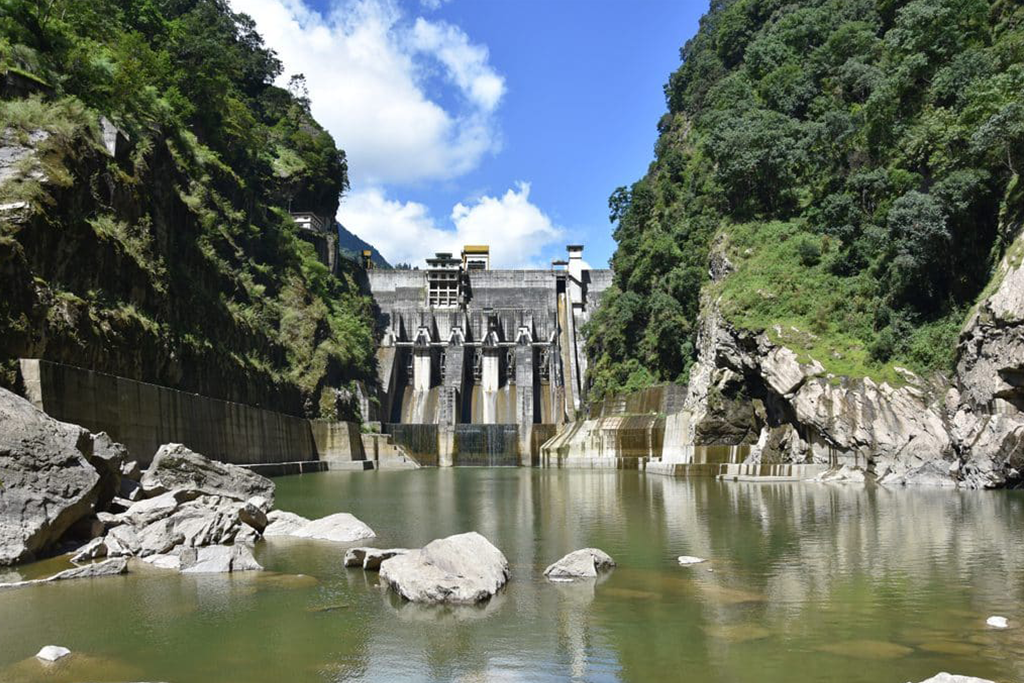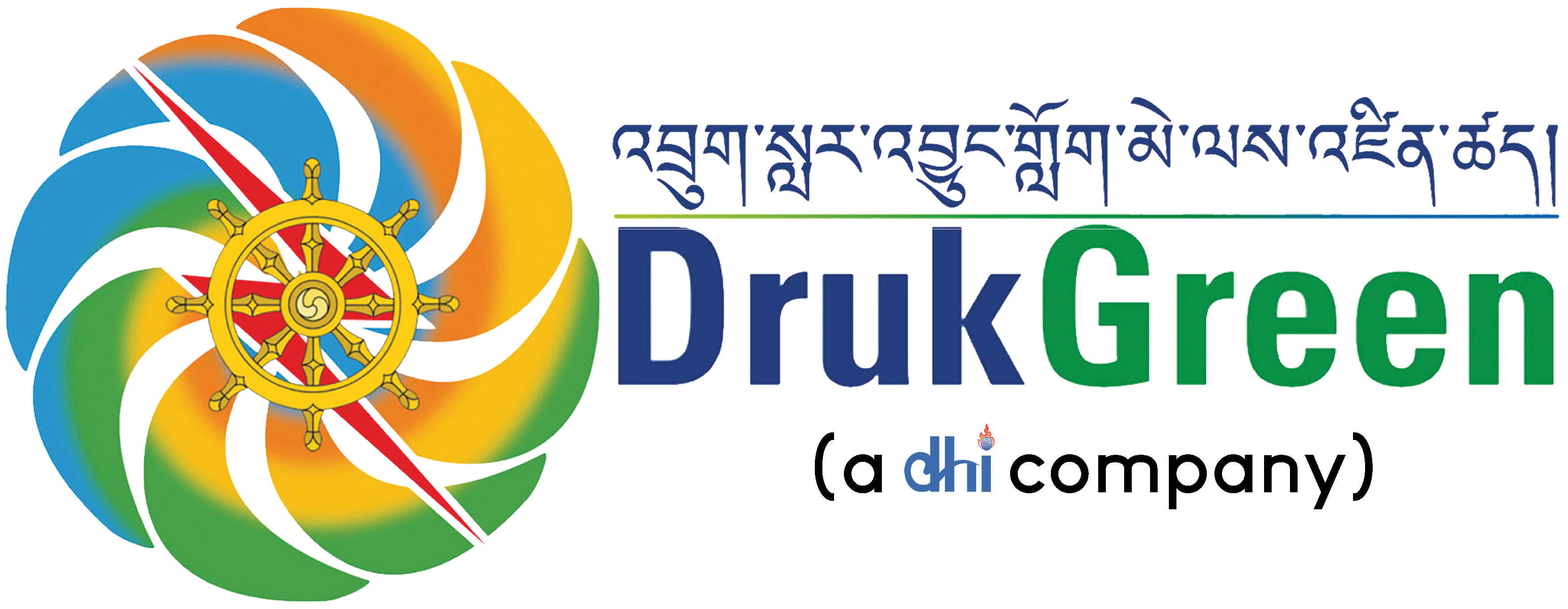
Business Bhutan | Nidup Lhamo | September 28, 2023
Even as Bhutan witnesses a dip of 10.3 % in hydropower generation, between January and June 2023, compared to the same period last year, the Asian Development Bank (ADB) has said that greater hydropower generation in 2023 and 2024 will sustain growth. The Bank in a recent report says that growth in the construction industry, although substantial, is expected to decelerate, but projects such as the 1,020 megawatt Puna-2 hydropower plant and the smaller Nikachhu plant are near completion and that in 2024, the commissioning of these power plants will spur a 5.4% expansion in industrial growth. The Bank has also pointed out that a widening fiscal deficit and declining foreign exchange reserves will remain key concerns for the government.
On tourism, it says that the recovery in tourist arrivals has been sluggish due to the implementation of higher sustainable development fees. However, it is anticipated that the total number of tourist arrivals in 2023 will significantly surpass the figures from 2022, contributing positively to foreign reserves and the services sector. It should be noted, though, that the tourism sector is not expected to rebound to its 2019 levels. In contrast, the accommodation and food services segment is poised for a growth of 4.3%. Conversely, the wholesale and retail trade sector is projected to contract as import restrictions persist to alleviate pressure on foreign exchange reserves.
According to the Bank, the government will continue to be concerned about the expanding fiscal deficit and the decreasing foreign exchange reserves, which are critical issues. If the reserves persistently decline at the rate observed in 2022, it is highly likely that they will breach the constitutionally mandated requirement, which stipulates that they should be sufficient to cover 12 months’ worth of essential imports. Given Bhutan’s status as a small economy heavily reliant on imports, this could pose challenging dilemmas if the problem persists.
In the short term, the outlook is somewhat more positive, as the increased hydropower output is expected to provide support to Bhutan’s exports and financial situation. Additionally, the anticipated cessation of significant information technology imports by mid-2023 is projected to prevent a rapid deterioration in the reserve position.
Simultaneously, it remains imperative for Bhutan to continue implementing its medium-term strategy for managing debt, alongside adhering to the latest recommendations from the International Monetary Fund as outlined in Article IV. These measures encompass gradual fiscal consolidation, revenue mobilization, normalization of monetary policies that were accommodative in response to the COVID-19 pandemic, and addressing potential risks to banks, particularly those stemming from a potential increase in nonperforming loans when pandemic relief measures expire
In the agricultural sector, a growth rate of 3.2% is forecasted for 2023, followed by 2.6% in 2024. The government’s continued investment in agricultural infrastructure, value chain development, and measures to address human-wildlife conflicts are expected to contribute to this growth. The industrial sector is set to grow at a rate of 5.0%, primarily driven by increased electricity production in 2023, reaching levels comparable to 2020. This upturn is expected due to more favorable hydrological conditions and reduced maintenance-related downtime, factors that impeded generation in 2021 and 2022. However, changes in export policy are likely to hinder the mining and quarrying sub-sector. The services sector is projected to maintain growth in 2024, but the accommodation and food services sub-sector is expected to remain below its 2019 levels. This is partly attributed to the significant increase in the sustainable development fee imposed on international tourists, resulting in a lag in tourist arrivals. However, the government has now reduced the SDF to USD 100 per day.
As stated earlier, the Bank’s statement on hydropower juxtaposes current realty. Hydropower generation saw a dip of 10.3 % between January and June compared to the same period last year. The overall generation was recorded at 3,158 million units in the first six months of 2023 compared to 3,522.2 million units of electricity in the same period of last year.
In the first six months of 2020 and 2021, the hydropower generation was 3,770.95 million units and 3,450.41 million units respectively. The decrease in power generation and increase in domestic consumption by over Nu 1.7 bn worth led to a fall in the export of electricity by over 30%.
The country generated revenue worth Nu 4.6 bn this year for six months while in the same period of last year, the country generated around Nu 6.7 bn by export of the power. Meanwhile, during the six months, the power generation decrease is attributed mainly to the months of March, April, May, and June.
In the month of March, this year a total of 315.01 million units of power was generated while in the same period last year, 412.99 million units of power was generated.
Similarly in the month of April, a total of 464.96 million units of power was generated, while last year in April, the power generation was 672.09 million units.
In May this year, a total of 647.83 million units of power was generated while in the same period of last year, the power generation was 688.79 million units.
Additionally, in the months of summer, Bhutan is known to produce more power. The power generation in June this year was 1132.06 million units, which is lower by 207.15 million units. In the same period of last year, 1,339.21 million units was genertaed.
Meanwhile, the total revenue from the power both through export and domestic is Nu 8.2 (8217.08) bn for the first six months of this year.
While export sales have decreased by almost 30%, domestic sales have increased by almost 101%.
Meanwhile, in 2023, Bhutan had to increase its electricity imports by approximately 50%. Bhutan bought 367 million units of electricity valued at Nu 1.73 bn during the first four months, from January to April. This import marked an additional 127 million units or Nu 927.27 million compared to the previous year.
In 2022, Bhutan procured 240 million units worth Nu 798 million for the same period, which was supplied to high-voltage consumers. The import approval for 2022 was sought from the Indian government for the initial three months, and the purchase was made through a competitive bidding process in the Day Ahead Market of the Indian Energy Exchange. The exchange prices are determined via a double-sided auction involving buyers and sellers, with competitive bidding occurring for every 15-minute time block, as explained by the DGPC MD.
